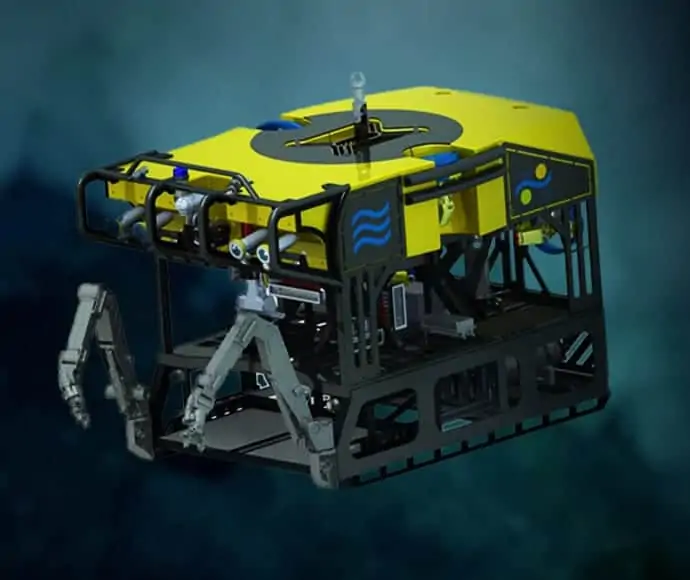The Schmidt Ocean Institute has announced that a team of geologists, chemists and biologists aboard its research vessel Falkor have just finished surveying the largely unexplored Mariana Back-Arc for life at depths greater than 13,000 feet, using a new remotely operated vehicle (ROV), SuBastian.
Dr. David Butterfield, JISAO, University of Washington, and Dr. William Chadwick, NOAA-PMEL and Oregon State University, led the group to the Back-Arc; returning for the second phase of a two-part exploration of the region. In 2015, the team of scientists located new hydrothermal vents in the Back-Arc region, including evidence of recent lava flows. This year, the team returned to these vent systems to characterize their water chemistry and biodiversity. The new results fill a gap in knowledge about the biogeography of these unique deep-sea ecosystems and has implications for how tectonic setting influences the composition of chemosynthetic animal communities worldwide.
The new vent sites have spectacular chimneys made of sulfide minerals, some up to 30 meters (100 feet) tall. The chimneys were belching smoky vent fluid at temperatures up to 365°C (690°F) and were covered with vent animals including “hairy snails,” shrimp, crabs, mussels, limpets, squat lobsters, anemones, and polychaete worms. Scientists on board Falkor suspect that some new species have been discovered at the new sites, but confirmation will have to await further study back on shore.
The new observations show that the newly discovered vent sites have an ecosystem that is characteristic of the Mariana Back-Arc, with some animal species found nowhere else on Earth. This, despite the fact that each vent site is relatively small and isolated, being separated from the others by up to 100 miles. The new observations suggest that the Back-Arc vent sites are relatively long-lived and that each site has biological “connectivity” with the others despite the long distances. The study also confirmed that the Back-Arc ecosystems are distinct and different from the nearby Volcanic Arc hydrothermal ecosystems, supporting the idea that geological and chemical environment play a key role in selecting animal community composition at hydrothermal vents.
This is the first series of scientific dives for ROV SuBastian. Equipped with numerous cameras, including a high-definition 4K video camera, the dives were live streamed onto YouTube and watched by millions. The multidisciplinary team will continue to analyze the data and samples collected during this expedition to advance research on how life thrives on these extreme deep-sea hydrothermal vents. This research was supported by the NOAA Ocean Exploration and Research Program, the NOAA Pacific Islands Regional Office, and the Schmidt Ocean Institute.
Watch a video about the expedition below:



















